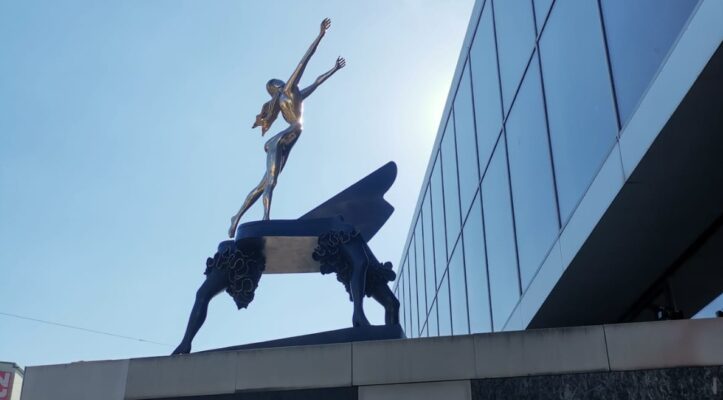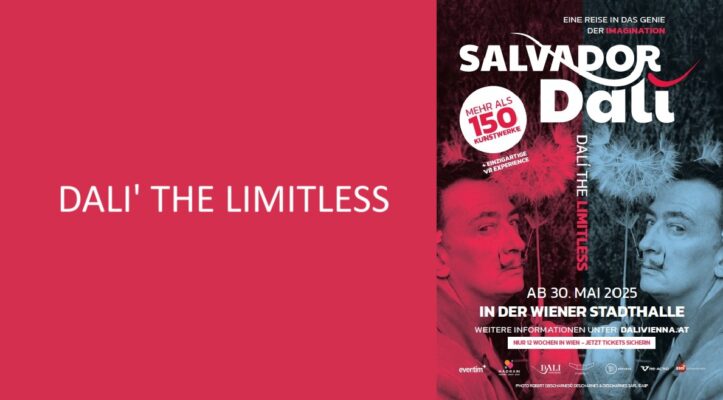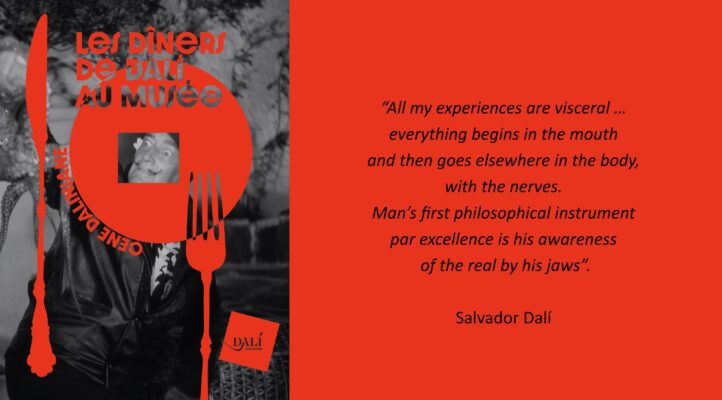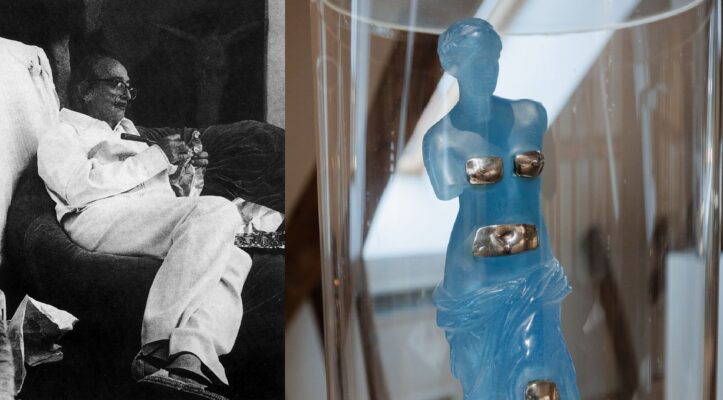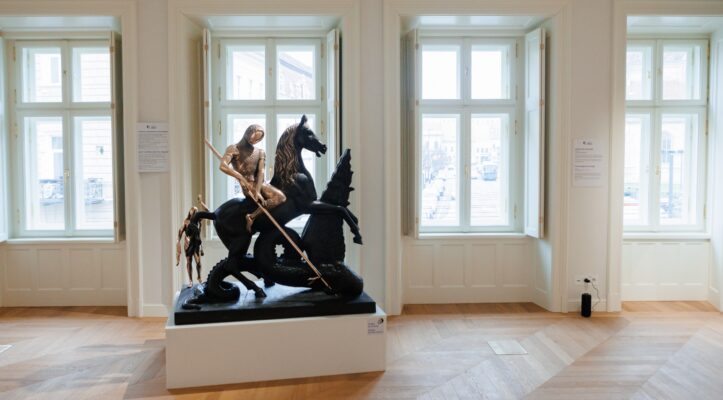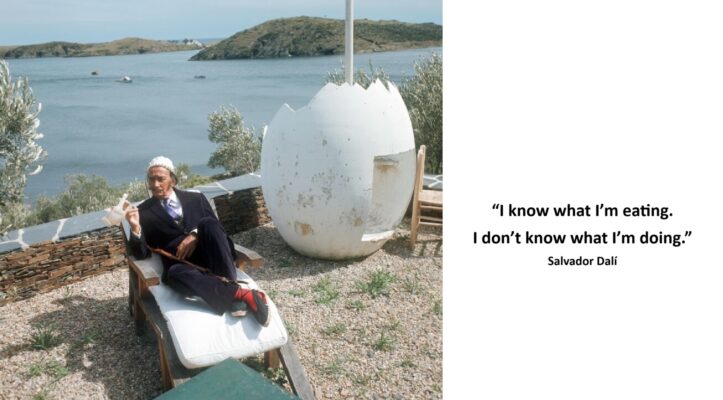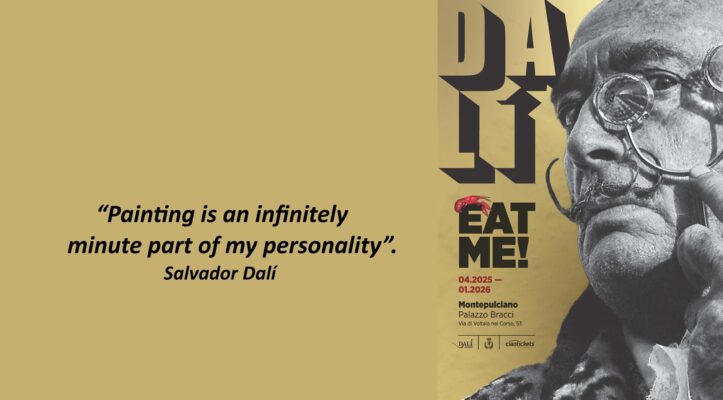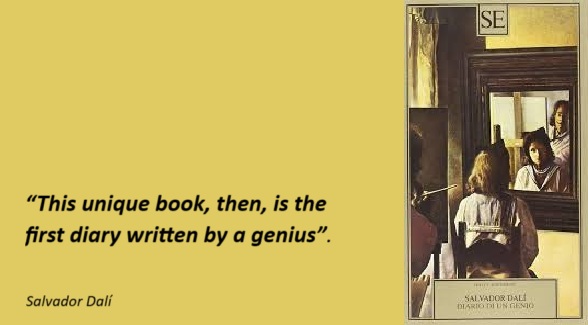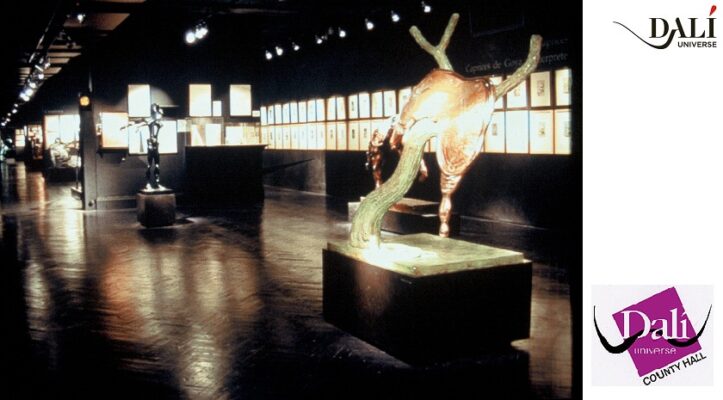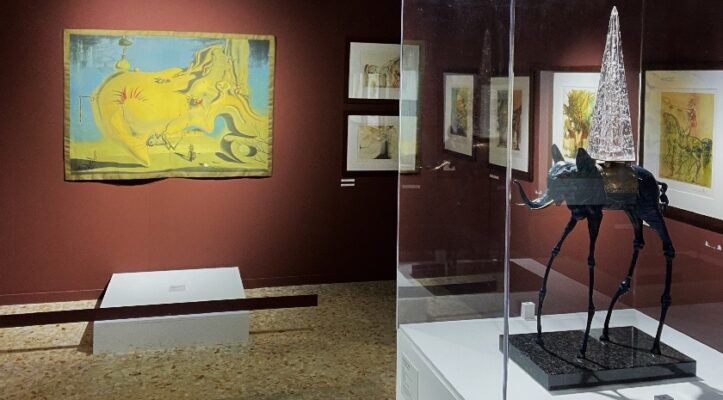Category Archives: NEWS
Freud, Vienna and Dalí’s bronze Surrealist Piano
“During the Surrealist period, I wanted to create an image of the inner world, the
Jun
“Dalí The Limitless arrives in Vienna”.
“Painting is only one of the means of expression of my total genius, which exists
May
Dinner with the Master of Surrealism: art and taste meet in Modena to celebrate Salvador Dalí
“All my experiences are visceral … everything begins in the mouth and then goes elsewhere
May
“121 years of Salvador Dalí: Dalí Universe keeps the Master of Surrealism alive!”
“Have no fear of perfection – you’ll never reach it”. Salvador Dalí On this Sunday,
May
Salvador Dalí, religion, and the meeting with Piux XII: a tribute in memory of Pope Francis.
“One morning in Rome I ran down the steps of the Grand Hotel as fast
Apr
Dalí, Food, and Easter:
The connection between art, gastronomy, and the symbolism of the egg. “I know what I’m
Apr
“Salvador Dalí – EAT ME”: Dalí Universe in Montepulciano.
“Painting is my least important aspect. The thing that really counts is the almost imperialist
Apr
Dali Universe celebrates 60 years of Diary of a Genius with The Why’s of Dalí: a journey into Salvador Dalí’s most bizarre and singular anecdotes.
“I am the genius of the greatest spiritual order of our day, a true modern
Mar
“Dalí Universe: Celebrating the 25th anniversary of the first use of its brand in the art world, in conjunction with the opening of the County Hall Gallery in London.”
“I have been given the great honour of curating a new and exciting Salvador Dalí
Mar
The myth of Dalí, between art and Surrealism in Rome.
“I am telling myself that ever since my adolescence I have been vicious enough to
Mar

